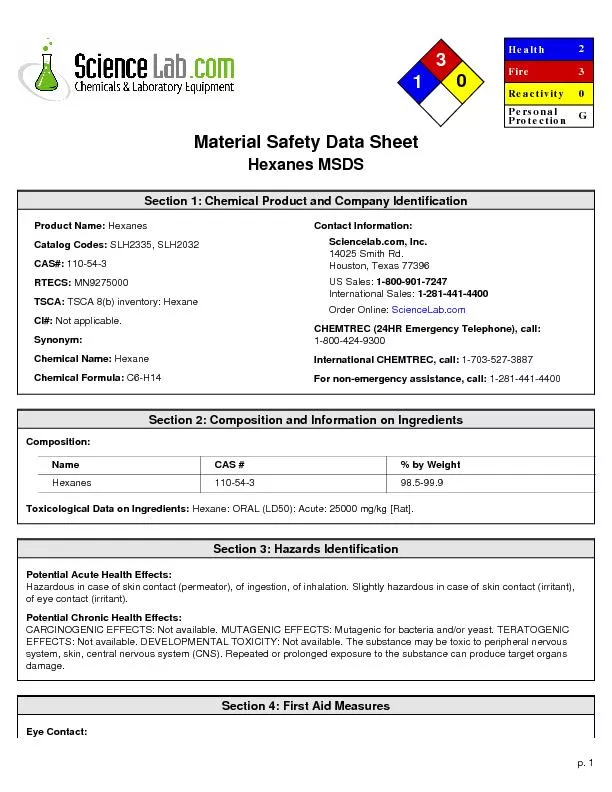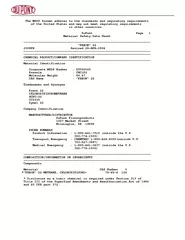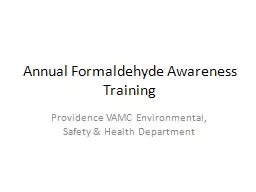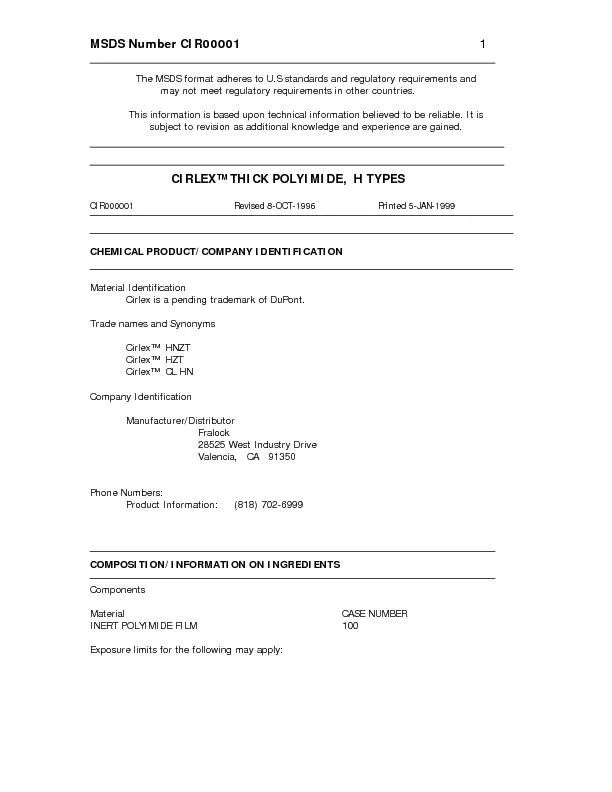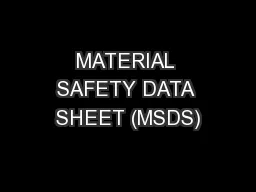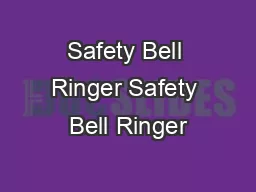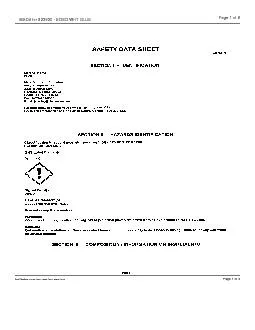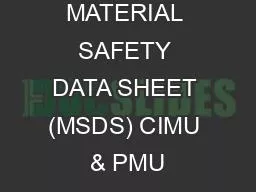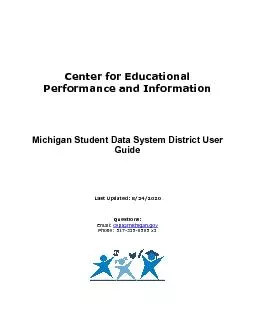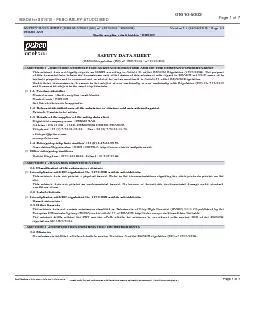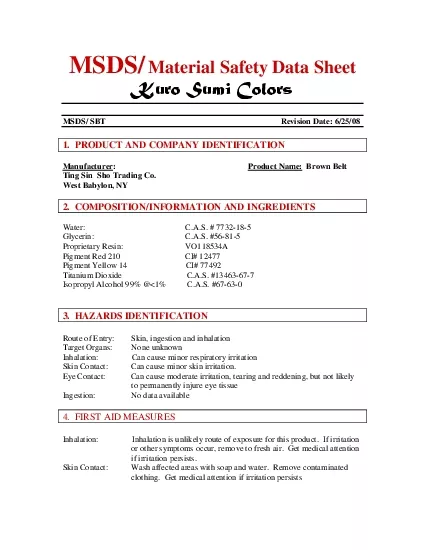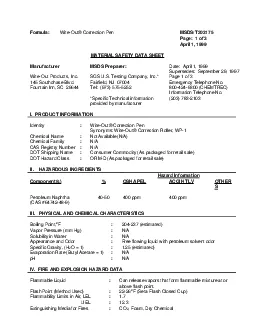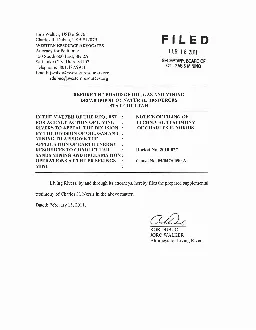PDF-Material Safety Data SheetHexanes MSDS
Author : pamella-moone | Published Date : 2016-04-23
p 1 3 1 0 Health Fire Reactivity Personal Protection 2 3 0 G Section 1 Chemical Product and Company Identification Product Name HexanesCatalog Codes SLH2335 SLH2032CAS
Presentation Embed Code
Download Presentation
Download Presentation The PPT/PDF document "Material Safety Data SheetHexanes MSDS" is the property of its rightful owner. Permission is granted to download and print the materials on this website for personal, non-commercial use only, and to display it on your personal computer provided you do not modify the materials and that you retain all copyright notices contained in the materials. By downloading content from our website, you accept the terms of this agreement.
Material Safety Data SheetHexanes MSDS: Transcript
Download Rules Of Document
"Material Safety Data SheetHexanes MSDS"The content belongs to its owner. You may download and print it for personal use, without modification, and keep all copyright notices. By downloading, you agree to these terms.
Related Documents

